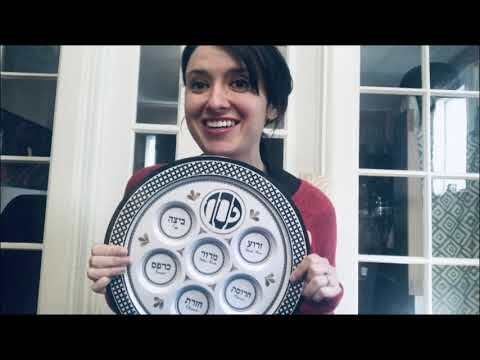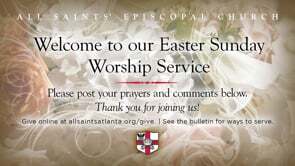Source #1: Eid Celebration
Eid al-Fitr (“festival of the breaking of the fast’) is a Muslim celebration that follows the month-long Ramadan fast. Before the holiday, households must give special alms (zakat al-fitr), used primarily to feed the poor. Eid al-Fitr itself then begins with communal prayers and a sermon, which usher in several days of visits, gatherings, and feasts. For children in particular, this is a much-anticipated holiday, as they wear new clothing and receive gifts such as candies and money.
Passover, Easter, and Ramadan all occurred during the early months of the COVID-19 pandemic in the United States. While many synagogues, churches, and mosques remained closed to large groups, they adapted traditions to altered circumstances and found creative ways to gather and celebrate.
Dar al-Noor is a mosque governed by the Muslim Association of Virginia, located in the city of Manassas. “Today,” encourages Imam Abdulahad Farooq, “display your generosity by giving Eid gifts and sharing smiles behind the masks and virtual air hugs.” In this video, you’ll see and hear traditional greetings (“Eid Mubarak”), exchanges of gifts, and hopes for better days ahead, inshallah (if God wills).
Questions for Discussion and Suggestions for Further Study:
- What elements of Eid celebrations has the community maintained during the pandemic? What has it set aside?
- Take a look at other materials from Dar Al Noor Islamic Community Center. What else can you learn about how this religious community has responded to the pandemic?
- Watch the Passover Seder video from the Institute of Southern Jewish Life and the Easter video from All Saints’ Episcopal Church in Atlanta displayed below. Now think about the ways these three communities -- one Jewish, one Christian, one Muslim -- celebrated major holidays during the pandemic. What similarities and differences do you perceive in these presentations?

